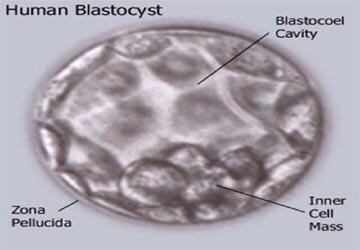+918048034693

This is your website preview.
Currently it only shows your basic business info. Start adding relevant business details such as description, images and products or services to gain your customers attention by using Boost 360 android app / iOS App / web portal.
Blastocyst Stage Embryo Transfer Fertilization ...

Blastocyst Stage Embryo Transfer Fertilization of an egg by a sperm occurs soon after its release from the ovary (ovulation) into the fallopian tube to form a single cell embryo (zygote) containing the genetic material of the sperm and egg. The zygote then divides progressively into a multi-cell embryo. When the embryo contains about 12-16 cells, it is called a “morula”. After 5-6 days, the embryo contains many cells and forms a cystic cavity termed the blastocoel within its center. At this stage, the embryo is called a “blastocyst” and has undergone the 1st step in differentiation. Until recently, culture of embryos, in the laboratory, to the blastocyst stage was very difficult because the several culture media that were used to supply nutrients to the embryos were inadequate for extended embryo growth in the laboratory. Therefore, many embryos died before they developed into blastocysts. Improved culture media and advanced techniques are now available that sustain embryo growth in the laboratory for several days prior to implantation. Many IVF centers now culture embryos to the later blastocyst stage before transferring them into a woman’s uterus in an attempt to maintain or increase the pregnancy rate. Fewer of the later-stage embryos are transferred to reduce the risk of multiple gestations.

